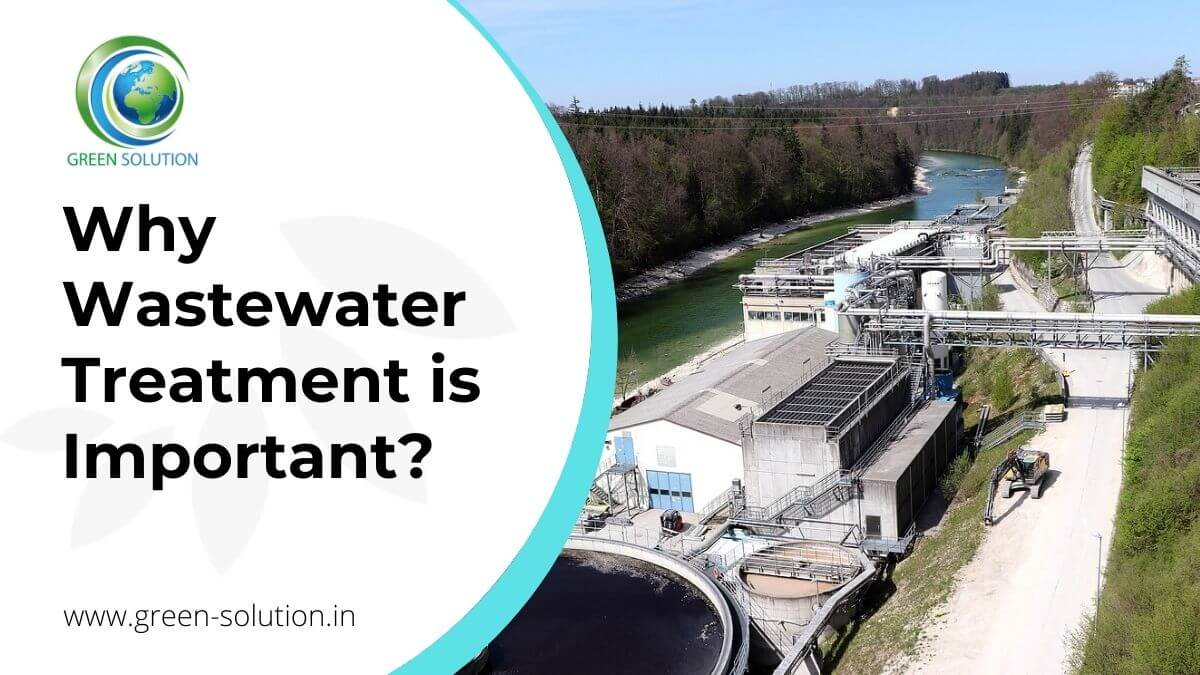Fascination About Reclaim Waste
Fascination About Reclaim Waste
Blog Article
The Greatest Guide To Reclaim Waste
Table of ContentsThe Reclaim Waste DiariesThe 6-Minute Rule for Reclaim WasteHow Reclaim Waste can Save You Time, Stress, and Money.Some Ideas on Reclaim Waste You Need To KnowSome Of Reclaim Waste
Explore the types, occurrences, and kinds of liquid waste. Domestic sewage waste describes the waste and products from a property septic storage tank. This kind of waste is developed by human beings in homes, schools, and various other structures. This only consists of septic systems that have a drain area. The appropriate monitoring and disposal of residential sewage waste call for liquid waste to be moved to a sewage therapy plant where the appropriate methods and devices are used to cleanse and deal with waste.
Business waste commonly includes prospective threats, such as flammable products or a mix of liquid and solid waste items, and needs an advanced and comprehensive disposal process. The disposal of business waste commonly involves the filtering of waste prior to transportation to guarantee safe and appropriate disposal. Hazardous waste is created from by-products and drainage of industrial processes and manufacturing.
This kind of waste can not use the exact same sewer management transportation or processes as septic or commercial liquids. The commercial waste management process calls for the inspection and testing of liquid waste before it undergoes the disposal procedure (liquid waste disposal). Drainage waste is the liquid waste that comes from drainage and excess stormwater in highly populated areas or cities
Drainage waste can create contamination and flooding if not dealt with effectively. Find out more about sewage system cleansing and waste monitoring. Ensuring proper waste management can prevent disasters and minimize ecological harm. Both individuals in domestic settings and specialists in business or manufacturing markets can take advantage of comprehending the procedures and policies of fluid waste monitoring.
Excitement About Reclaim Waste
Contact PROS Solutions today to discover our waste administration and disposal solutions and the correct methods to care for the liquid waste you produce.
(https://reclaimwaste1.weebly.com/)Do you recognize what happens to your water when you disengage, flush the commode or drain pipes the washing equipment? No? Well, it's worth knowing. This so-called 'wastewater' is not just an essential source yet, after treatment, will be released to our land, waterways or the ocean. Used water from commodes, showers, baths, kitchen sinks, washings and industrial procedures is called wastewater.

water used to cool equipment or clean plant and devices). Stormwater, a type of wastewater, is drainage that streams from farming and urban locations such as roofings, parks, yards, roadways, courses and rain gutters into stormwater drains pipes, after rainfall. Stormwater flows untreated straight to neighborhood creeks or rivers, eventually reaching the sea.
Reclaim Waste Fundamentals Explained
In Queensland, a lot of wastewater is dealt with at sewer treatment plants. Wastewater is moved from residential or industrial sites with a system of drains and pump stations, called sewerage reticulation, to a sewer therapy plant. Local governments develop, maintain and operate most sewer therapy plants. Operators are accredited under the Environmental Management Act 1994 to release cured wastewater at an appropriate environmental standard into waterways.
The Division of Natural Resources suggests city governments about handling, operating and keeping sewerage systems and treatment plants. In unsewered areas, local governments might need homeowners to install private or family sewage therapy systems to deal with residential wastewater from commodes, kitchen areas, washrooms and washings. The Department of Natural Resources authorises using house systems when they are confirmed to be effective.
In some new subdivisions, therapy of some stormwater to eliminate litter, sand and crushed rock has actually begun making use of gross contaminant catches. Wastewater treatment takes place in 4 stages: Gets rid of solid issue.
Wastewater after that flows right into huge containers where solids resolve and are removed as sludge. Oil and residue are skimmed from the surface. Utilizes little living microorganisms called micro-organisms to break down and get rid of remaining liquified wastes and fine bits. Micro-organisms and wastes are included in the sludge. Eliminates nitrogen and phosphorus nutrients that can cause algal flowers in our waterways and endanger marine life.
6 Easy Facts About Reclaim Waste Described
Nutrient removal is not available at all sewage treatment plants because it requires costly specialized tools. Clear liquid effluent generated after treatment might still have disease-causing micro-organisms - liquid waste disposal melbourne.

The majority of wastewater moves right into the sewerage system. Under the Act, neighborhood governments carry out approvals and permits for ecologically appropriate activities (Ages) involving wastewater launches that could have a regional influence.
Some Known Factual Statements About Reclaim Waste
Monitoring offers accurate details concerning water quality and can confirm that licence conditions are being satisfied. The info acquired with surveillance gives the basis for making water top quality choices.
Report this page